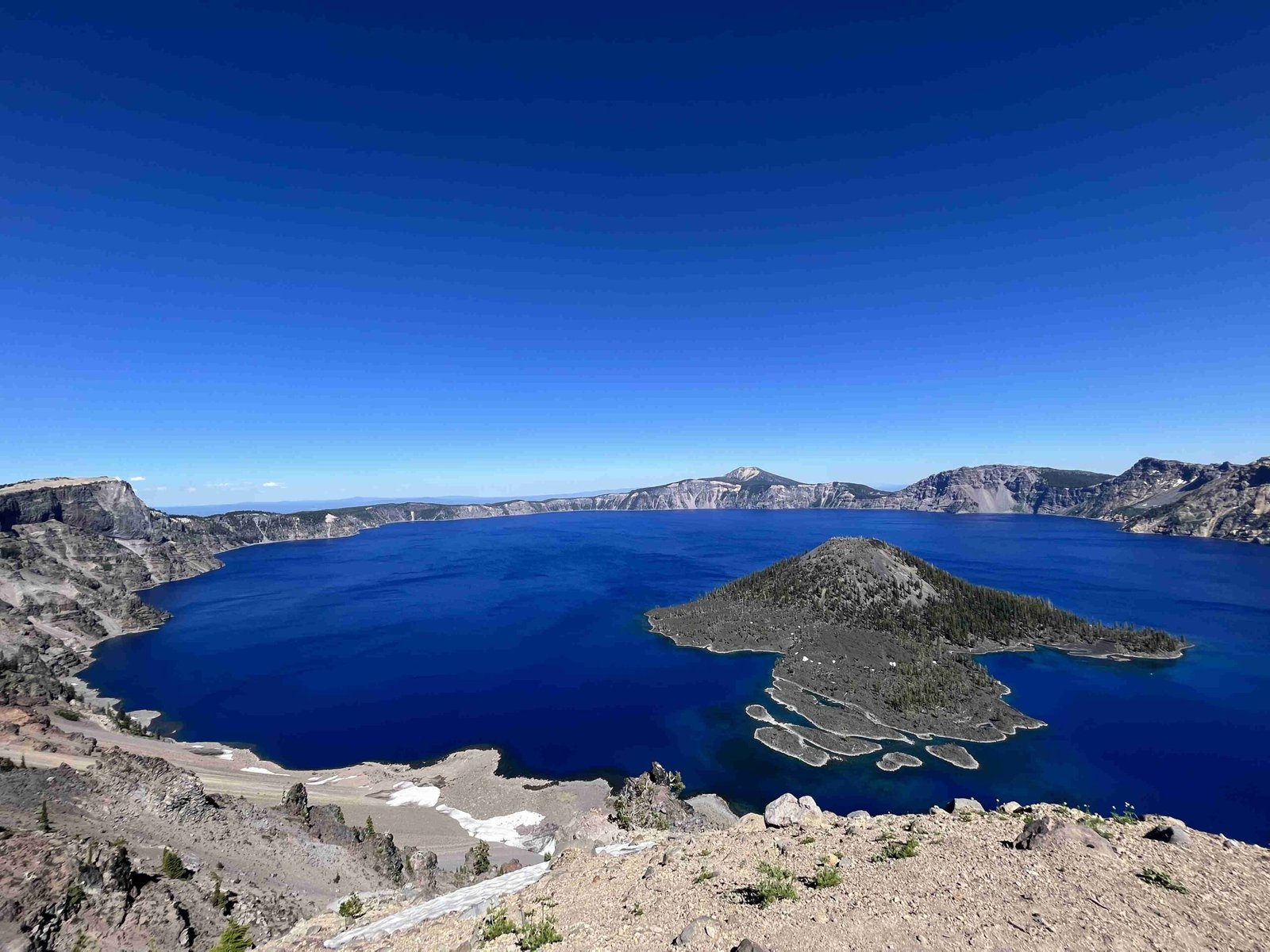The Crater Lake sky cam offers a unique glimpse into one of America’s most stunning natural wonders. Located in Oregon, this webcam system provides regular updates of the lake’s mesmerizing blue waters, surrounding cliffs, and ever-changing weather conditions. While not a high-resolution live stream, the Crater Lake sky cam updates every 4-6 minutes, allowing visitors from around the world to experience the beauty of this ancient caldera from afar.
What Are the Specifications of the Crater Lake Sky Cam?

The Crater Lake sky cam system, managed by the U.S. National Park Service, consists of several cameras strategically placed around the lake. Here are the key specifications:
- Update Frequency: Every 4-6 minutes
- Resolution: Moderate quality, suitable for monitoring conditions
- Streaming: Static images, not continuous video
- Views: Multiple angles covering different areas of the park
Where Are the Crater Lake Sky Cams Located?

The Crater Lake National Park features several webcams, each offering a unique perspective:
- Crater Lake Webcam
- Location: Sinnott Overlook at Rim Village
- Elevation: 7,100 feet
-
View: North across the lake, capturing Wizard Island, Llao Rock, and Mount Thielsen
-
Annie Spring Entrance Station Webcam
- View: South along Munson Valley Road
-
Purpose: Monitoring road conditions
-
Steel Information Center Webcam
- Location: Park Headquarters
- Purpose: Monitoring snow conditions and winter weather
How Can I Access Real-Time Weather Information for Crater Lake?
While the sky cams provide visual updates, they don’t offer detailed weather data. For comprehensive weather information, consider these resources:
- Crater Lake National Park Weather Page: Provides links to recent observations, forecasts, and snow information
- National Weather Service: Offers detailed forecasts for the Crater Lake area
- Local Weather Stations: Some nearby stations provide real-time data on temperature, wind speed, and precipitation
What Can I Expect to See on the Crater Lake Sky Cam?
The Crater Lake sky cam offers a variety of views depending on weather conditions and time of year:
| Season | Typical Views |
|---|---|
| Summer | Clear blue waters, lush green forests, occasional wildflowers |
| Fall | Changing foliage colors, early snow on surrounding peaks |
| Winter | Snow-covered landscapes, frozen lake surface (rare) |
| Spring | Melting snow, emerging vegetation, variable weather conditions |
Are There Any Limitations to the Crater Lake Sky Cam?
While the Crater Lake sky cam provides valuable insights, it’s important to understand its limitations:
- Image Quality: The resolution is moderate, not high-definition
- Update Frequency: Images refresh every 4-6 minutes, not real-time
- Weather Interference: Snow, fog, or clouds can obstruct views
- Nighttime Visibility: Limited visibility during dark hours
How Does the Crater Lake Sky Cam Enhance Visitor Experience?
The Crater Lake sky cam serves multiple purposes for both virtual and in-person visitors:
- Trip Planning: Check current conditions before visiting
- Education: Observe seasonal changes and geological features
- Virtual Tourism: Experience the beauty of Crater Lake from anywhere in the world
- Weather Monitoring: Track storm systems and snow accumulation
- Road Safety: Check road conditions, especially during winter months
What Are Some Interesting Facts About Crater Lake Visible Through the Sky Cam?
The sky cam offers glimpses of Crater Lake’s unique features:
- Wizard Island: A cinder cone visible in the lake
- Water Color: The lake’s famous deep blue hue, due to its depth and purity
- Rim Snow: Snow often persists on the rim well into summer
- Changing Light: Dramatic shifts in appearance as sunlight moves across the caldera
How Can Researchers and Scientists Benefit from the Crater Lake Sky Cam?
The Crater Lake sky cam is more than just a tourist tool. It provides valuable data for scientific research:
- Climate Studies: Long-term visual records of weather patterns and snow accumulation
- Geological Observations: Monitoring of rim stability and volcanic features
- Ecological Research: Tracking of seasonal changes in vegetation and wildlife activity
- Hydrological Studies: Observations of lake level changes and precipitation patterns
By providing regular visual updates, the sky cam contributes to our understanding of this unique ecosystem and its changes over time.
What Future Improvements Might We See in the Crater Lake Sky Cam System?
While the current system provides valuable insights, potential future enhancements could include:
- Higher resolution cameras for more detailed images
- Live streaming capabilities for real-time viewing
- Integration with weather sensors for comprehensive data collection
- 360-degree panoramic views from key locations around the rim
As technology advances, the Crater Lake sky cam system may evolve to offer even more immersive and informative experiences for virtual visitors and researchers alike.
How Can I Make the Most of the Crater Lake Sky Cam?
To fully appreciate the Crater Lake sky cam:
- Check at different times of day to see changing light conditions
- Compare images across seasons to observe dramatic transformations
- Use in conjunction with weather forecasts for a complete picture
- Share interesting captures on social media to spread awareness
- Consider the sky cam as a preview, but remember that nothing beats an in-person visit to this natural wonder
The Crater Lake sky cam offers a window into one of America’s most pristine and awe-inspiring landscapes. Whether you’re planning a visit, conducting research, or simply admiring from afar, this technological tool brings the beauty of Crater Lake to your screen, inviting exploration and appreciation of this unique natural treasure.
References:
1. https://www.nps.gov/crla/learn/photosmultimedia/webcams.htm
2. https://www.nps.gov/media/webcam/view.htm?id=BAB9400D-C123-A696-F87EB5B6A61F30D6
3. https://www.cleardarksky.com/c/CrtrLkNPORkey.html?1

